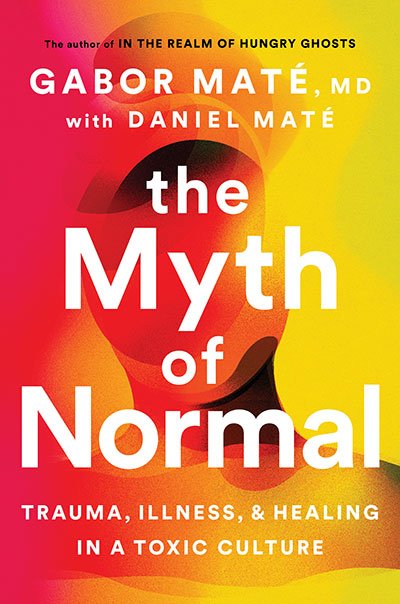Empathy vs. Sympathy
/By Jessy Weston, lmft
Have you ever opened up about a struggle, only to receive a response that made you feel more alone? Maybe you shared your exhaustion with a friend, and they replied, “At least you have a job!” Or perhaps you confided in someone about a tough time, and they quickly reassured you with, “Well, it could be worse.” These responses, while often well-intentioned, can leave us feeling unheard and disconnected. The reason? They come from sympathy, not empathy. Dr. Brené Brown’s powerful explanation of empathy vs. sympathy highlights a crucial distinction: empathy connects, while sympathy creates distance.
Empathy is about stepping into someone’s emotional experience, truly feeling with them. It involves active listening, validating emotions, and sitting in the discomfort of another’s pain without trying to fix it.
Sympathy is more detached. It often involves acknowledging someone’s struggle from a distance, sometimes with pity or an attempt to offer a silver lining rather than real emotional connection.
In both personal and professional relationships, empathy builds trust and emotional safety. When we feel heard and understood, we are more likely to open up, heal, and form deeper connections. Sympathy, on the other hand, can feel dismissive—even when it’s not intended that way. It can create a sense of isolation, making the other person feel like their pain isn’t valid or that they should just “look on the bright side.”
How to Practice Empathy
Listen to Understand, Not to Respond – When someone shares their pain, resist the urge to jump in with advice or a “fix.” Just be present and listen.
Validate Their Feelings – Instead of saying, “At least it’s not worse,” try: “That sounds really difficult. I can see why you’re feeling this way.”
Connect with Their Emotion – Ask yourself, Have I ever felt something similar? You don’t need to have lived their exact experience, but connecting with a shared human emotion can help you respond with compassion.
Be Willing to Sit in Discomfort – Empathy requires emotional courage. Sometimes, just saying “I don’t know what to say, but I’m here with you” is the most powerful response.
As a therapist, I often see how meaningful it is when people feel truly understood. A small shift from sympathy to empathy can transform relationships—whether it’s between partners, parents and children, friends, or colleagues. Next time someone shares something difficult, pause. Take a breath. And instead of offering a silver lining, offer your presence. Empathy doesn’t require fixing—it requires feeling with someone. And that’s where real connection begins.






